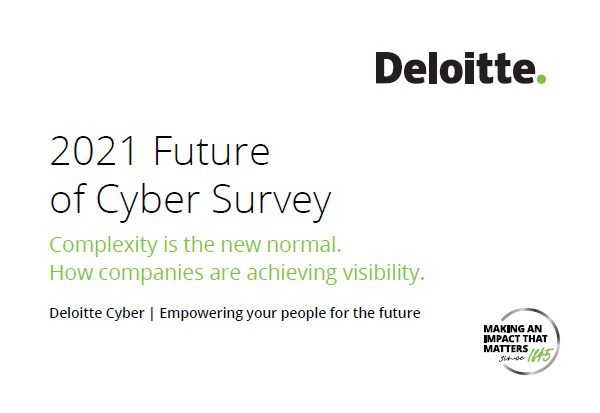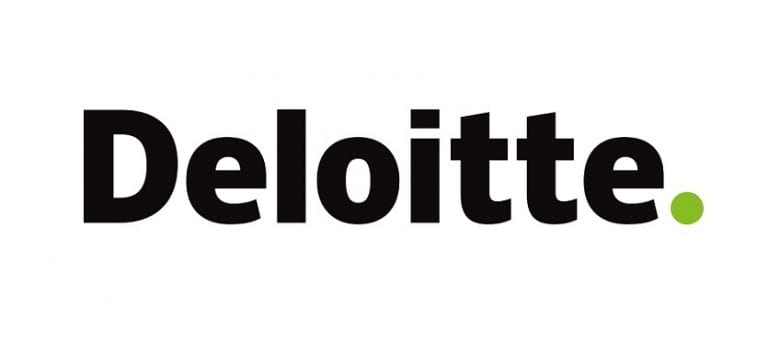Gaining visibility into complexity
Today, we find ourselves living the reality of a cyber everywhere world where digital transformation initiatives continue to accelerate amid the emergence of a pervasive remote workforce. It often appears as if technological innovation and the culture it produces are surging ahead of our ability to understand, measure and respond to exponentially increasing risk.
Despite the elevated risk environment, digital transformation and migration to the cloud continue to be priorities for our clients. More than simply improving efficiency, as data flows across organizations it drives new ways of value creation, connecting lines of business and using customer data to enrich experiences. Our survey data underscores this migration—94% of CFO respondents indicated they are considering moving their financial systems or enterprise resource planning (ERP) to the cloud.
The state of play
In order to remain competitive, today’s enterprises run an array of technologies that combine on-premises infrastructure with hybrid information technology (IT) and an assortment of third-party cloud providers. These sophisticated integrated environments require new forms of management distinct from traditional in-house IT architectures. A clear plurality of the CIOs and CISOs we surveyed (41%) acknowledge that transformation and gaining visibility across increasingly complex hybrid ecosystems is the greatest challenge they face.
In addition to the pressures of the marketplace, the pandemic heralds the arrival of remote work as a permanent feature of employment. Organizations, large and small, have rapidly transformed work environments and in doing so dramatically increased their attack surfaces, often with little to no time to consider security implications. Not surprisingly, there’s been an uptick in attacks, with 69% of respondents reporting an increase or significant increase in threats to their business between early 2020 and May 2021 – this was consistent across industries and geographies. 32% of our global C-suite respondents indicated operational disruption was the greatest impact, followed by intellectual property (IP) theft (22%) and drops in share price (19%).


